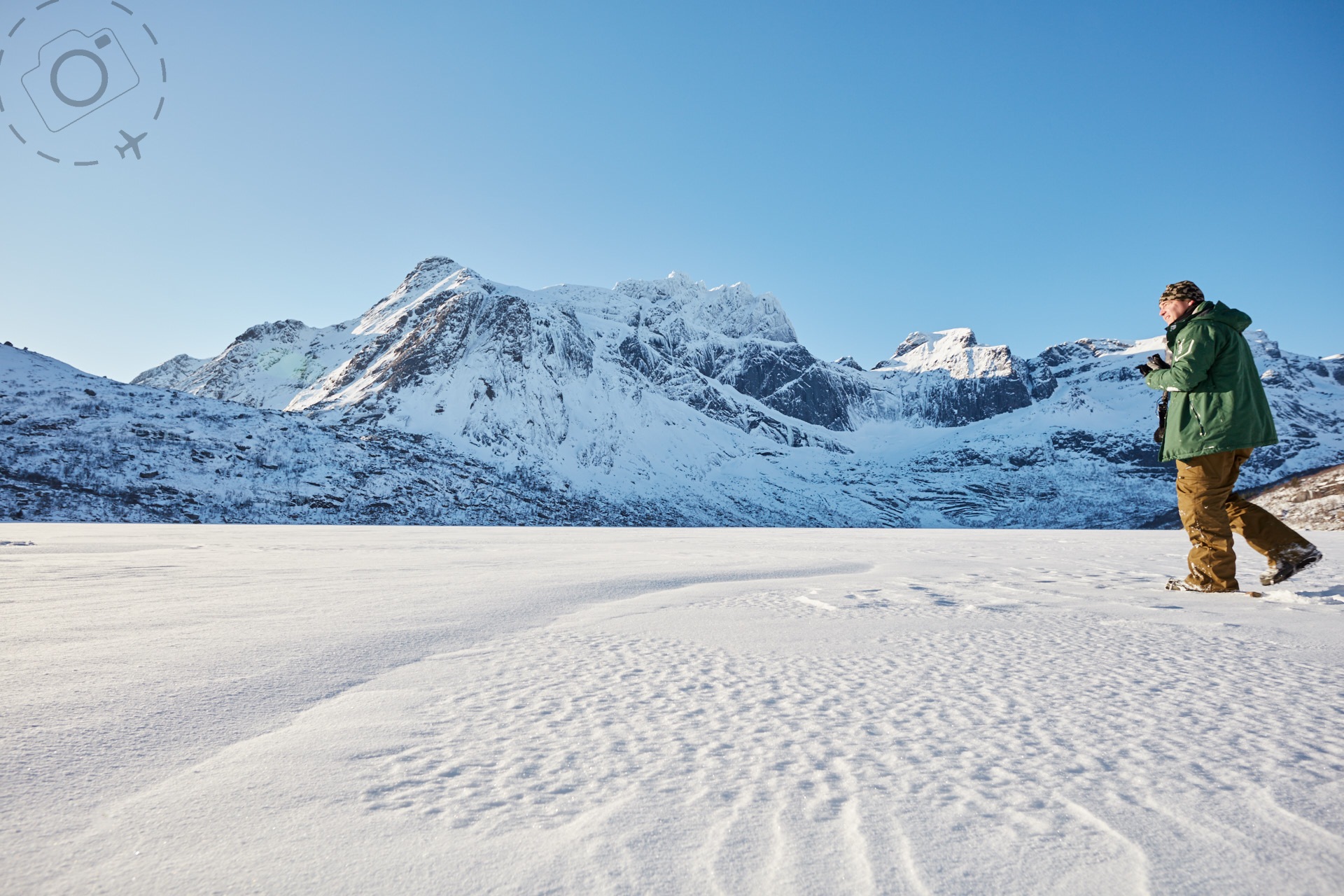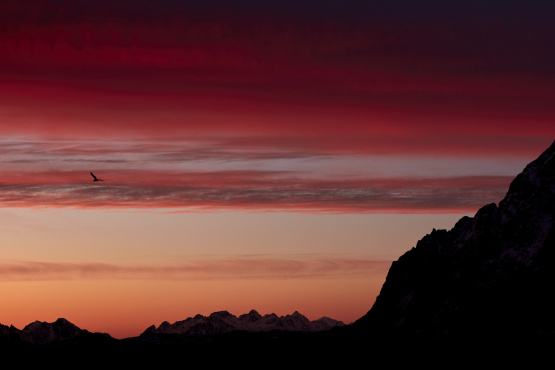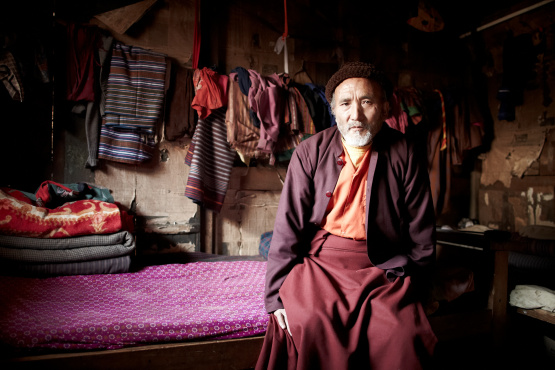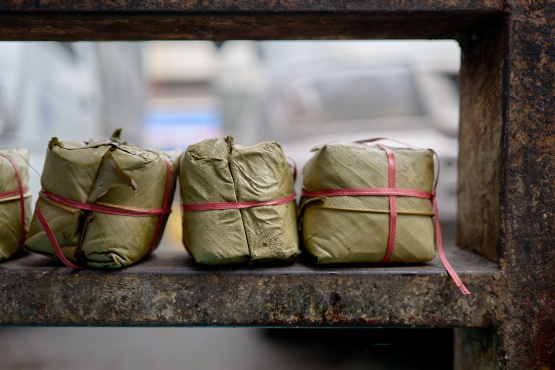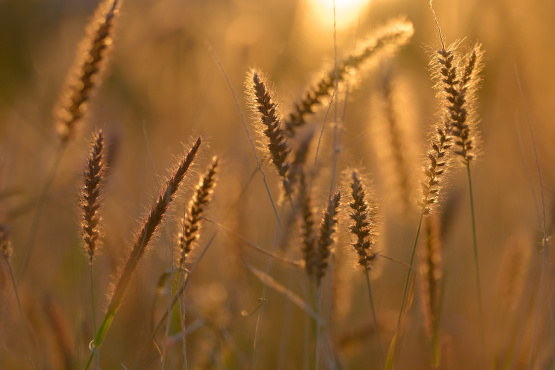Photographers who specialise in landscapes are a dedicated bunch. They devote great effort into shooting just a handful of frames, patiently researching locations and diligently turning up at dawn and dusk in case the light is right. Their world is one of perfection and patience, an art form practised with great care that can teach travel photographers some important lessons.
The value of slowing down your work is one of the foundations to this book, but few understand this better than a professional landscape photographer. A great landscape print is an expensive purchase because it demands weeks if not months of work before the shutter is released, the photographic equipment itself is often highly specialised and finally the highest standard of finishing for the final image is required to present a fine art print.
To this end the choice of camera used by landscape photographers typically emphasise quality rather than practicality. Film, tripods and view finders are still appropriate in this realm.
Panoramic cameras offer great resolution for a finite number of frames, require sturdy tripods to hold long exposures and require great expertise to assess the light metering. Unlike an SLR camera you cannot preview the scene through the lens before you shoot, so a separate viewfinder that matches each fixed lens sits on top of the camera to give an approximation of the frame to be filmed. Medium format panoramic cameras are not useful for much else of course, and rarely turn up in the kit of a travel photographer.
ARTISTIC LESSONS
We can gain much by appreciating the artistic pursuit of landscape photography and trying to apply some of the concepts to the travel world. By making the effort on occasions to pursue landscape images we are prompted to look for the light and go slow with our work.
The average traveller may not carry much in the way of medium format panoramic cameras, but every travelling photographer should have a capable wide angle lens in their kit. For photographers on the road there are two distinct uses for the wide angle lens. The first is to get closer to our subjects while retaining their context, the second is to shoot landscape images that are larger than life.
A good landscape photo offers a perspective that is broad and encompassing, giving a context that might otherwise be lost if all we photographed were portraits and still life. Shooting wide is not merely another angle to add to the set, it's like a spindle that brings together the threads of your collection and completes the pictorial story.
A strong landscape image is an iconic presentation that defines the character of that place and could not possibly be confused for another. Our goal is to capture an image that is rich in detail, one that reveals either a natural beauty, the touch of man on his environment, or both.
WIDE AND WONDERFUL
It is rare that you can capture detail, context, character and identity in a single frame without a wide angle lens. The narrower your field of view the less of the story you can share.
The difference between a true wide angle lens and a standard lens is difficult to appreciate until you have something to compare with. A great many natural scenes lose their appeal on film in the absence of an 18mm or 24mm lens. The reason for this is simple; a standard lens will effectively crop-out the majority of the context for a scene and thus render the image little more than a piece of the puzzle. Context is very important in landscape photography – just as it is for portraiture.
Building composition at the wider lens angles is a different art to the standard or telephoto perspectives. Any wide angle lens is one that takes in a greater field of view than our eyes, which basically means it can see more than we can. You have a lot more scope coming into your frame of vision, and sometimes too much. Keeping foreground elements grounded is important, as the full expanse of your scene needs a solid foundation, visually speaking, upon which to rest.
One idea to help you compose landscape images is to look for tracking lines that move across your frame. It could be a path winding it’s way up a hill, a river curving out of shot into a corner, or a tree branch that leads the eye into the scene afar. Landscape images need to make the eye wander to be successful.
Try to imagine your photo after it has been enlarged to 30” wide, and after all landscapes are the most common subjects for enlargements, then ask yourself if there is enough "happening in the shot" to keep your eye busy? Where does the eye wander from and where does it finish? Is there a journey within the composition?
Far and near elements are essential with wide angle photography, there has to be a little depth to the story being presented. Having people or composition elements in the foreground of a landscape image helps to give scale and relevance to the scene, plus that sense of depth. It’s easy to fall into the trap of catching everything with your lens instead of adhering to the art of composition.
BREATHING SPACE
Use the corners to full advantage here and allow objects to hide in the top left or bottom right, let roads and trails exit the scene diagonally, or allow a solitary farmhouse to rest isolated inside the corner with a little "space to breath".
The basic composition rule of 1/3 is still valid and makes for a good starting point where wide angle is concerned, but don't be afraid to push the ratio further – imagine using 1/5 ratio or 1/10 in order embrace the vastness of a cloud pocked sky or the reflections across the water. Taking your primary subject and making it a diminutive figure against a wide and powerful landscape adds a little drama.
Sometimes what makes a great photo is not just the elements you manage to include in the shot, but those you manage to keep out of it too. Be aware that you may be dragging unwanted elements into your frame and see if you can adjust your positioning to remove anything that does not add to your shot. Be mindful if you're planning to crop the aspect ratio to a 16:9 or wider format, you can throw away pixels and unwanted elements to enhance the composition once your photo is on the desktop.
You may not always have the benefit of great light for iconic landscape shots, not as a traveller, but at least you can make the most of the scenes as you experience them.


